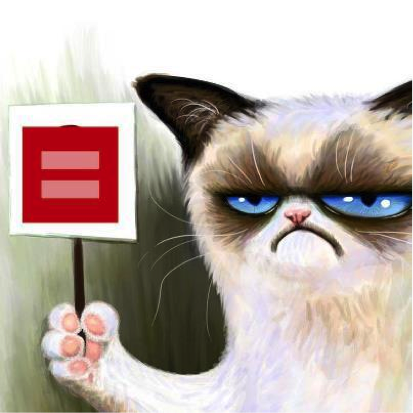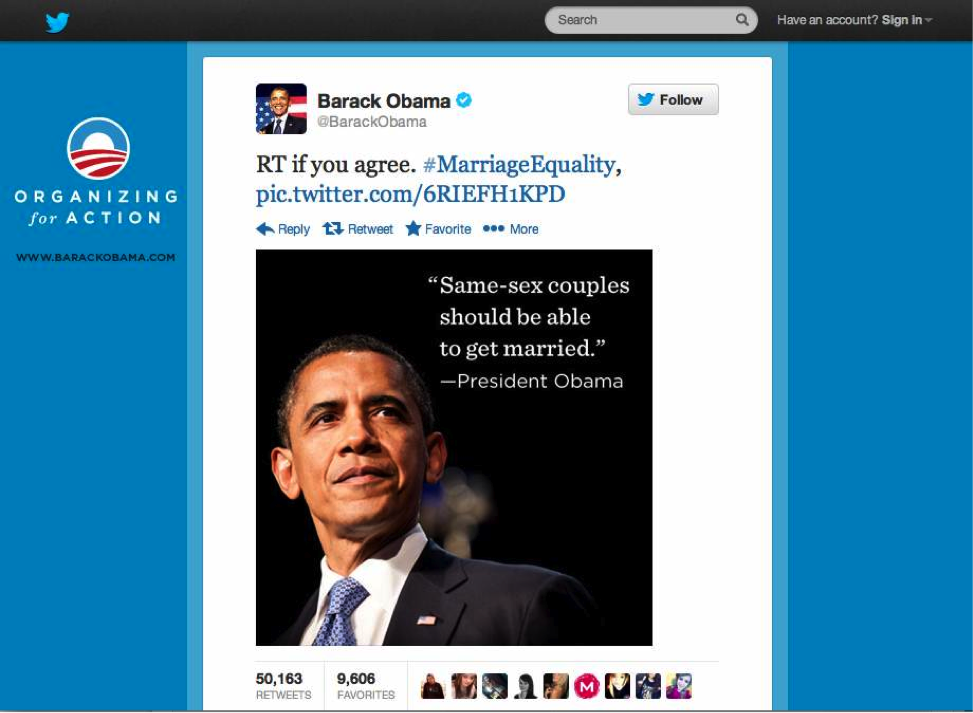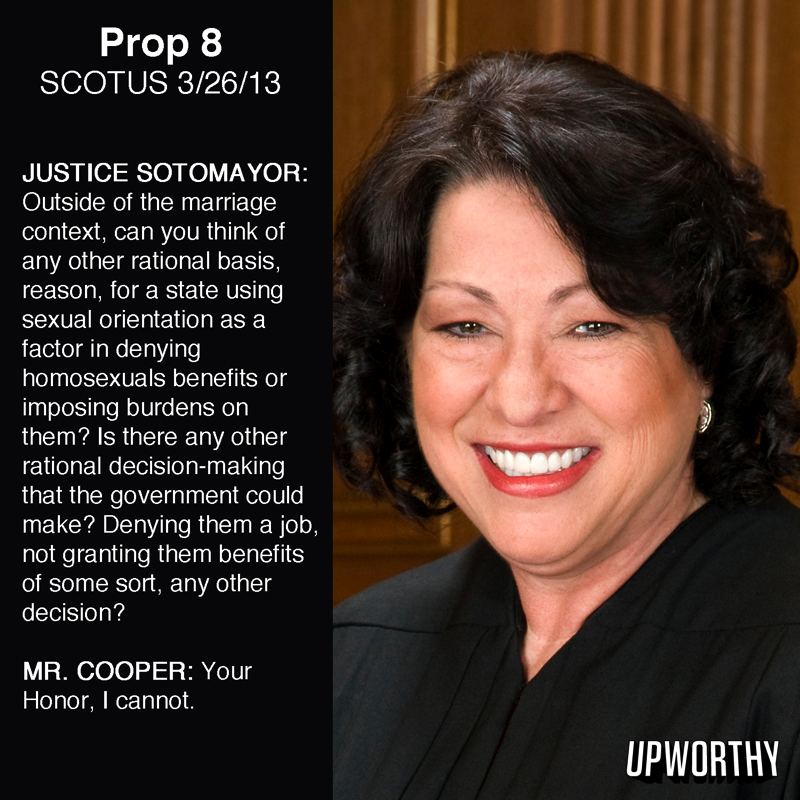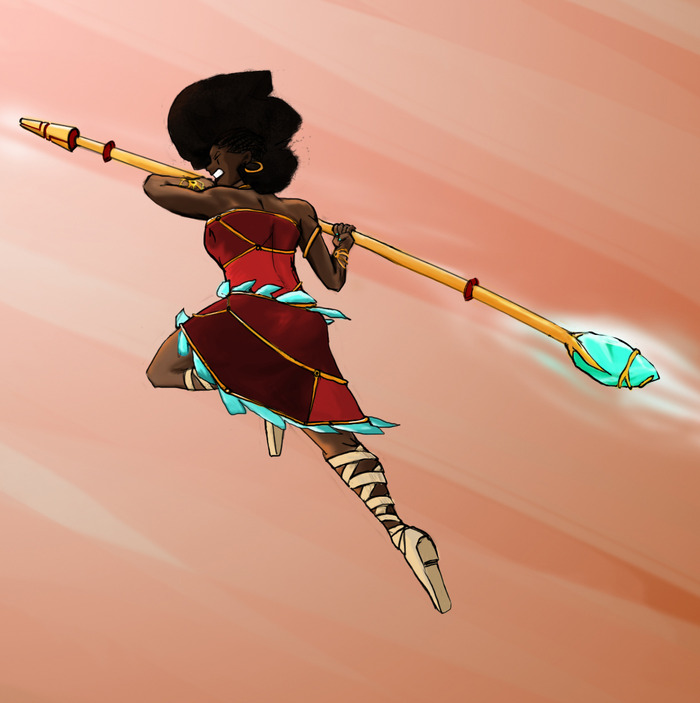As the World Stops Turning: A Conversation with Lynn Liccardo about Soap Operas (Part Three)
/Much of your writing has focused on parallels between daytime serialized drama and the rise of "quality" shows, primetime dramas which marry serialized storytelling with higher budgets, deeper production values, and much shorter, season-based dramas which pack intense meaning into typically between 10 and 20 episodes in a season, as opposed to 260 episodes per year. What do you feel is the nature of the connection between today's critically acclaimed dramas on FX, AMC, HBO, Showtime, and elsewhere and the daytime serial drama?
The success of early primetime serials like Dallas (1978) and Dynasty (1981) redefined the public perception of soap opera. Larger-than-life, over-the-top characters like J.R. Ewing and Alexis Carrington, who more resembled stock characters from the commedia dell'arte, than ATWT's Hughes family, were enormously entertaining to watch, but not because viewers found "meaning and resonance through a deeper connection." And while Larry Hagman's (J.R) called Dallas as a cartoon rather than a soap opera, to the media and public these guilty pleasures were soaps simply by virtue of their seriality. The popularity of these primetime soaps coincided with Gloria Monty's transformation of General Hospital,, and had at least as profound an impact on daytime soaps. The spirit of Dallas and Dynasty continues in current primetime soaps Revenge and Scandal, and for the teenage demo, Gossip Girl and Pretty Little Liars.
The Best of J.R. Ewing from Dallas
The true heirs of ATWT comprise a long list of often critically-acclaimed, always ratings challenged, and ultimately short-lived serial dramas. While thirtysomething may not have looked anything like ATWT, the the day-to-day lives of two baby boomer families, the Stedmans and Westons, mirrored those of the Hughes and Lowells 30 years earlier. Thirtysomething ran from 1987-91 and never rose above 40th in the ratings. Its very ordinariness (tensions between career and family, visiting parents, finding a babysitter) made it, and similar shows that followed (My So-Called Life, Joan of Arcadia, Jack and Bobby, Friday Night Lights, Men of a Certain Age, to name but a few), a challenge to promote effectively.
How networks schedule these quiet, slow-paced shows creates another obstacle. Broadcast network programmers, under pressure to win time slots, often shuffle their lineup, making it difficult for viewers to find these shows, which, unlike episodic television, need to be watched in order. Sometimes networks cancel them after a handful of episodes, creating a self-fulling prophecy when fans hear about a promising new serial drama, but fearing yet another heartbreak (not being hyperbolic here:), decide not to watch.
Since cable networks rarely pull a serial drama before the first order of episodes has aired, and are able to place the show in a fixed time slot followed by multiple repeats (sometimes even daylong marathons), viewers have ample opportunity to connect with these quiet, slow-paced shows. But there are still issues beyond the obvious disadvantages shorter seasons create for serial dramas: less time to fully develop characters and their relationships means less time to fully engage viewers. When networks pick up serials dramas, the creators face uncertainty about the number of episodes that can undermine the pace of the storytelling. After a 13-episode first season, Parenthood was picked up for 22 episodes, then renewed for a 18-episode third season and 15 for the fourth. Since the season often ends before the network has announced that the show has been renewed (or not), the season finale could well be the series finale.
Sometimes, scheduling uncertainty can cause a show's demise. When the first season of TNT's Men of a Certain Age ended in February 2010, the show was averaging 2.6 million viewers per episode, enough for the network to order an additional 12 episodes. After the episodes were completed, TNT decided to air them in two batches. The first set of six episodes ended in January 2011, and the show was holding its own, averaging 2.4 million viewers. But TNT held the second set until June, when average viewership dropped to 1.5 million and the show was cancelled, a fate that might well have been avoided had all 12 episodes aired as the writers intended when they laid out the second season.
The real challenge is how to describe these quiet, slow-paced shows, which, by their very nature, defy brevity, and struggle even on premium cable, where In Treatment lasted three seasons on HBO and Enlightened is currently fighting to be heard over the noisier Girls and Showtime's Homeland. When Ray Romano pitched Men of a Certain Age to FX, he was told it "wasn't loud enough." The show wound up on TNT, where it never really fit in with the network' s other original programming, procedurals like The Closer, and the light-hearted Franklin and Bash. When Men... was cancelled, critic Alan Sepinwall admitted , "I don't always do the best job of articulating the greatness of this series, but it's there in those moments I described above, and so many more. It is a series about small details, and those details add up into big things: big laughs and big emotion; big pain and big joy."
Edie Falco (Carmela Soprano) has said that she always saw The Sopranos as a family drama. She's right; but take away the mob and what are the odds that The Sopranos would have been picked up, much less become a cultural phenomenon? Peter Horton (thirtysomethings's Gary) perfectly articulated the situation, describing how networks, cable and otherwise, are driven to create shows where something stands out: "'I'm a mother who sells pot,' (Weeds); 'I'm father, but I'm a meth dealer,' (Breaking Bad); 'I'm a gangster, but I have therapy,' (The Sopranos). There's always a but, whereas thirtysomething is about people," which is exactly how Irna Phillips described As the World Turns.
"Quiet" shows with no "buts" are the 21st-century manifestation of the "your mother's soap opera" dilemma that ultimately doomed ATWT. The challenge facing today's vertical storytellers and programmers is to develop a brand evoking the appeal of "quiet" and the missing "but," that will stand out in an ever more crowded media landscape without compromising the integrity of the vertical storytelling axis. Developing that brand demands a more precise description and definition of vertical storytelling. That means first breaking down the characteristics of these shows at the elemental, even molecular level, a task hampered by the ambiguity of language that so flummoxed Alan Sepinwall. Virginia Heffernan's insightfull 2008 observation that Friday Night Lights "ferociously guards its borders, refines its aesthetic, defines a particular reality and insists on authenticity," which limits "platforms for supplemental advertising" also applies to these shows, and adds to the challenge, and urgency, of developing a brand for them.
What are the most interesting experiments with soap opera storytelling that you feel are capturing the unique nature and potential of the "U.S. soap opera format" of storytelling?
And therein lies the fundamental (and vexing) question: what exactly is the unique nature of the "U. S. soap opera format?" There's a vast difference between the public perception of soap opera as a melodramatic guilty pleasure populated with campy, over-the-top, plot-driven characters motivated by agendas rather than emotions, and mine. I would argue that soaps' unique nature lies in a narrative structure that emphasizes storytelling's vertical axis, revealing characters' interiority, their emotional and psychological back stories, and providing time for viewers to fully absorb that information. All of which creates the opportunity for viewers find meaning and resonance through a deeper connection to characters.
A conversation to be continued. But first, the economic realities and the toll they've taken on soap opera's unique nature.
From the time soaps moved from radio to television, the genre expanded: first adding the visual element, then growing from 15 minutes to a half hour, and in the late 1970s, to an hour . At the time, soaps were still a profit center for networks, and their budgets, while paltry compared to primetime shows, were sufficient to hire large casts with which writers wove rich, densely interconnected stories. After O.J., ratings took a hit from which they never recovered. Networks reduced the licensing fees they paid to the production companies, who cut the shows' budgets. There are a number of ways for producers to reduce the cost of on-screen talent (shifting highly-paid veterans to recurring status and reducing the guarantees for contract players), so smaller budgets didn't necessarily translate into fewer characters. What did happen was that there with fewer actors populating each episode, characters interacted less frequently, which limited opportunities for viewers to experience the full pleasure of the vertical axis. So, what had been a rich storytelling tapestry frayed and eventually shredded into the fragmented storytelling discussed above.
In July 2011, Prospect Park announced that they had acquired the online rights to two cancelled ABC soaps, All My Children and One Life to Live, and planned to launch the shows in early 2012. Grateful fans cheered and the mainstream media took note. But, PP's announcement was premature: they had not yet negotiated contracts with the unions, and their business plan, which retained the shows' hour format, failed to attract sufficient financing. When PP said they were suspending their efforts a few months later, most observers believed the deal was dead.
Fast-forward to last December: PP announced that they had negotiated collective bargain agreements with the guilds and secured sufficient financing to begin production in February. PP had lost a credibility with many fans when they suspended their initial effort, and not surprisingly, the reboot's reboot was met with skepticism (and barely a mention in the mainstream media). Initially, PP took a lot of heat on the boards, but as their plans solidified, veteran actors signed on and distribution deals were struck with Hulu and iTunes, fans began to believe (the mainstream media silence continues). Production began on February 25th.
What PP's done over the the past 18 months is what the networks and Procter & Gamble Productions ought to have been doing before soaps' economic model, so successful for so long, was no longer viable. It took PP to recognize that for soaps to survive into the 21st-century, the Web would have to be more than just an additional platform for showing and promoting shows, then come back from an initial failure to make it happen. Perhaps the most important aspect of this resurrection is that the online reboot streamlines the format: 30, rather than 60 minutes; four episodes a week, rather than five. No doubt scaling back helped to convince investors, but will PP recognize the opportunity it has to exploit the shorter format and recapture the unique nature of soaps that has been lost over the years? I'm encouraged by the relatively small, multi-generational (of the 14 contract players, eight are over 40; of the eight, two are over 50, four past 60) cast that's been assembled for One Life to Live. All of the characters are deeply-connected, with long histories between and among them, so the elements are in place for PP to turn economic necessity into the mother of reinvention. The rebooted AMC and OLTL are slated to premiere some time in April.
When Irna Phillips blazed the trail for serial drama in the 1950s, the television landscape was minuscule, three networks, and relatively expensive to enter -- the $10,000 cost of the ATWT pilot was twice the median household income at the time. Today, as the price of technology continues to drop, anyone can make and upload video to a media landscape incalculably larger than 60 years ago. Since the mid-1990s, the Web has been flooded with mostly free content of varying quality, including an ever-increasing number of online serials designed to appeal to soap fans. Like their primetime counterparts, these Web-series are most often considered soap operas only by virtue of their seriality. Despite barebones budgets and minimal monetization, many of these series, juggle large casts of characters squeezed into short (7-12 minute) episodes, limiting possibilities for deep viewers engagement. Only a handful have fully engaged my inner soap fan. My favorite, the critically acclaimed Anyone But Me, premiered in 2008 and ran for 26 episodes over three years before the series finale in January 2012.
Last May, while Prospect Park was off the grid getting its ducks in a row, there was a small news item on the We Love Soaps site announcing a new YouTube channel, WIGS: Where It Gets Interesting. The channel promised "high-end, original, scripted series, short films, and documentaries, all starring female leads." WIGS co-creator, Rodrigo Garcia, had long plumbed the vertical storytelling axis in films like Things You Tell Just By Looking At Her, Ten Tiny Love Stories and Nine Lives, along with HBO's In Treatment. He brought the same sensibility to the work he created for WIGS.
WIGS co-creator, filmmaker Jon Avnet, shares his partner's storytelling sensibility, but even more important is how the two men went about creating the channel. With first-round seed money from Google, WIGS became an official YouTube channel, making the project attractive to media partner, News Corp, and advertisers, AMEX and Unilever. As the pieces fell into place, including collective bargaining agreements with the entertainment unions, Avnet and Garcia invited more than a dozen writers and directors to create projects built around a female lead. Established actors, aware that their industry is in flux, were eager to participate even if it meant working for scale.
Before WIGS went live on May 14, Avnet and Garcia had produced enough content to run three episodes a week for almost seven months. Enough time to build an audience: more than 25 million views and 110,000 subscribers. The first season of WIGS included a few documentaries and short films, but the channel's foundation was13 scripted serial dramas made up of 2-15 episodes running 7-10 minutes with small casts -- sometimes as few as two characters.
Last month, FOX Broadcasting signed a multi-year deal with WIGS "to expand the breadth of offerings through the WIGS channel, and test and nurture dramatic concepts and talent in the digital realm..with an eye toward building content that can be programmed on FOX and/or other channels." On March 15th, WIGS returns with a second season of Blue, followed later in the spring by the next installments of Lauren, and a new series Paloma.
Avnet and Garcia created WIGS specifically with women as the target audience. So, what to make of one commenter's question, "what does it say that I, a 35-year old man, find myself addicted to WIGS?" What to make of the substantial number of women who were (and are) deeply engaged fans of Friday Night Lights and Men of a Certain Age, both shows ostensibly for and about men? The appeal of vertical storytelling clearly transcends gender; what about other demographic markers? What are the characteristics of viewers drawn to the vertical storytelling axis?
These questions, and others yet to be articulated, need to be explored before vertical storytellers can identify and maximize their potential audience. The data generated by the 110,000+ WIGS subscribers contain essential information for brand development, which, properly analyzed, can also inform the qualitative insights necessary to fully identify viewership.
Where has this project led you? Now that you've put together a personal reflection on your relationship to As the World Turns, what's the next step in your ongoing research about the soap opera's place in our cultural history and in our contemporary culture?
Probably the most frustrating part of writing about soap opera has been the lack of a framework within which to consider soap opera's place in our contemporary culture. Identifying the underlying factors has been challenging because there's no hierarchical relationship among them. Over the past several years, I've posted over 100 short articles on my blog. This piece represents my first effort to begin crafting those pieces into a larger context; I've barely scratched the surface.
I first began writing about soaps as a fan. And it's as a fan, saddened and angered with the premature demise of show after show carrying on (consciously or not) the legacy that Irna Phillips began when she created As the World Turns, that I began exploring what it would take to carve out a place for this kind of storytelling in today's rapidly-shifting media landscape. Personal as my efforts have been, this work can only continue with the collaboration of media scholars and professionals along with institutional support.
On related fronts, I'm currently completing the syllabus for a class, "The Influence and Evolution of the American Soap Opera, I'll be pitching to Boston area schools, and considering the possibility of a book to follow. Also in progress: a proposal for an Irna Phillips biography.
Lynn Liccardo is a longtime soap opera journalist and blogger. Her critical observations on soaps – their content, the industry that produces them, and the culture that both loves them and loves to ridicule them – connect soap opera’s past and present with its future and begin to form a larger framework within which to more fully examine the genre. She released an ebook of essays detailing the final years of As the World Turns, entitled as the world stopped turning... Among her other publications are "Who Really Watches the Daytime Soaps" (1996, Soap Opera Weekly); "Irna Phillips: Brief life of soap opera's single mother 1901-1973" (2012, Harvard Magazine). Her essay, “The Ironic and Convoluted Relationship between Daytime and Primetime Soap Opera,” was published in The Survival of Soap Opera: Transformations for a New Media Era (co-edited by Futures of Entertainment Fellows Sam Ford, Abigail De Kosnik and C. Lee Harrington).



































